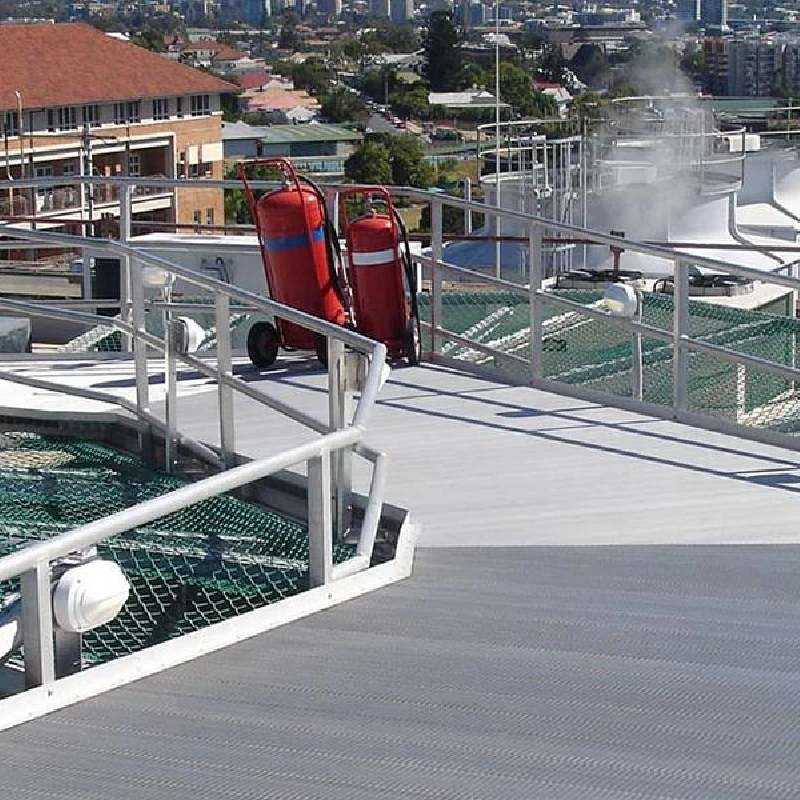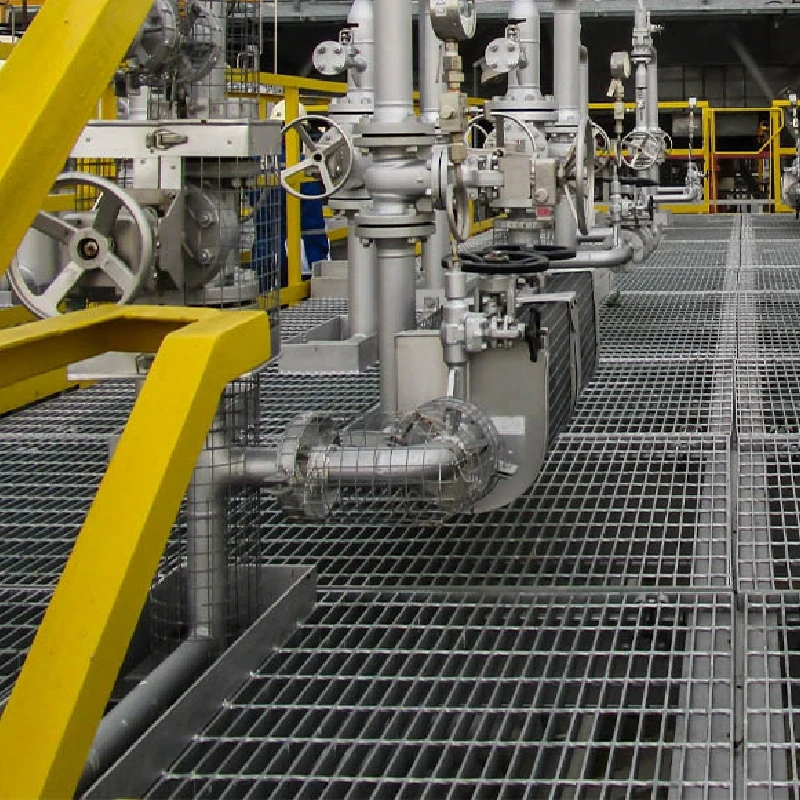- Industrial zone, South of Anping Town, Hengshui, Hebei, China.
- sales@hfpetromesh.com
- +86-18931809706
 Afrikaans
Afrikaans  Albanian
Albanian  Amharic
Amharic  Arabic
Arabic  Armenian
Armenian  Azerbaijani
Azerbaijani  Basque
Basque  Belarusian
Belarusian  Bengali
Bengali  Bosnian
Bosnian  Bulgarian
Bulgarian  Catalan
Catalan  Cebuano
Cebuano  Corsican
Corsican  Croatian
Croatian  Czech
Czech  Danish
Danish  Dutch
Dutch  English
English  Esperanto
Esperanto  Estonian
Estonian  Finnish
Finnish  French
French  Frisian
Frisian  Galician
Galician  Georgian
Georgian  German
German  Greek
Greek  Gujarati
Gujarati  Haitian Creole
Haitian Creole  hausa
hausa  hawaiian
hawaiian  Hebrew
Hebrew  Hindi
Hindi  Miao
Miao  Hungarian
Hungarian  Icelandic
Icelandic  igbo
igbo  Indonesian
Indonesian  irish
irish  Italian
Italian  Japanese
Japanese  Javanese
Javanese  Kannada
Kannada  kazakh
kazakh  Khmer
Khmer  Rwandese
Rwandese  Korean
Korean  Kurdish
Kurdish  Kyrgyz
Kyrgyz  Lao
Lao  Latin
Latin  Latvian
Latvian  Lithuanian
Lithuanian  Luxembourgish
Luxembourgish  Macedonian
Macedonian  Malgashi
Malgashi  Malay
Malay  Malayalam
Malayalam  Maltese
Maltese  Maori
Maori  Marathi
Marathi  Mongolian
Mongolian  Myanmar
Myanmar  Nepali
Nepali  Norwegian
Norwegian  Norwegian
Norwegian  Occitan
Occitan  Pashto
Pashto  Persian
Persian  Polish
Polish  Portuguese
Portuguese  Punjabi
Punjabi  Romanian
Romanian  Russian
Russian  Samoan
Samoan  Scottish Gaelic
Scottish Gaelic  Serbian
Serbian  Sesotho
Sesotho  Shona
Shona  Sindhi
Sindhi  Sinhala
Sinhala  Slovak
Slovak  Slovenian
Slovenian  Somali
Somali  Spanish
Spanish  Sundanese
Sundanese  Swahili
Swahili  Swedish
Swedish  Tagalog
Tagalog  Tajik
Tajik  Tamil
Tamil  Tatar
Tatar  Telugu
Telugu  Thai
Thai  Turkish
Turkish  Turkmen
Turkmen  Ukrainian
Ukrainian  Urdu
Urdu  Uighur
Uighur  Uzbek
Uzbek  Vietnamese
Vietnamese  Welsh
Welsh  Bantu
Bantu  Yiddish
Yiddish  Yoruba
Yoruba  Zulu
Zulu
- Afrikaans
- Albanian
- Amharic
- Arabic
- Armenian
- Azerbaijani
- Basque
- Belarusian
- Bengali
- Bosnian
- Bulgarian
- Catalan
- Cebuano
- Corsican
- Croatian
- Czech
- Danish
- Dutch
- English
- Esperanto
- Estonian
- Finnish
- French
- Frisian
- Galician
- Georgian
- German
- Greek
- Gujarati
- Haitian Creole
- hausa
- hawaiian
- Hebrew
- Hindi
- Miao
- Hungarian
- Icelandic
- igbo
- Indonesian
- irish
- Italian
- Japanese
- Javanese
- Kannada
- kazakh
- Khmer
- Rwandese
- Korean
- Kurdish
- Kyrgyz
- Lao
- Latin
- Latvian
- Lithuanian
- Luxembourgish
- Macedonian
- Malgashi
- Malay
- Malayalam
- Maltese
- Maori
- Marathi
- Mongolian
- Myanmar
- Nepali
- Norwegian
- Norwegian
- Occitan
- Pashto
- Persian
- Polish
- Portuguese
- Punjabi
- Romanian
- Russian
- Samoan
- Scottish Gaelic
- Serbian
- Sesotho
- Shona
- Sindhi
- Sinhala
- Slovak
- Slovenian
- Somali
- Spanish
- Sundanese
- Swahili
- Swedish
- Tagalog
- Tajik
- Tamil
- Tatar
- Telugu
- Thai
- Turkish
- Turkmen
- Ukrainian
- Urdu
- Uighur
- Uzbek
- Vietnamese
- Welsh
- Bantu
- Yiddish
- Yoruba
- Zulu
Фев . 19, 2025 01:34
Back to list
what is bar grating
Bar grating is an essential component in a variety of industrial, commercial, and residential applications. It is primarily used for its strength, durability, and ability to support significant weight while allowing for water drainage and airflow. Understanding bar grating, its uses, and benefits can empower you to make informed decisions if you're considering incorporating it into your projects.
When selecting bar grating, consider the specific attributes of the material options available. Steel bar grating, particularly galvanized steel, offers excellent durability and is suited for high-stress applications. Stainless steel provides superior resistance to corrosion and is ideal for environments exposed to chemicals or extreme moisture. Aluminum is lightweight and naturally resistant to corrosion, making it preferable for applications where ease of handling and installation are priorities. Installation and maintenance are essential factors in ensuring the longevity and efficiency of bar grating. Proper installation ensures that the grating bears load evenly and performs optimally. Maintenance often involves periodic cleaning to prevent debris accumulation and to inspect for any signs of wear or damage. Regular inspections can prolong the life of the grating and alert to potential safety issues. Beyond its practical benefits, bar grating is an environmentally friendly choice for sustainable building practices. Many grating products are manufactured using recycled materials, contributing to the reduction of carbon footprint and supporting the pursuit of eco-friendly initiatives. In conclusion, bar grating stands out as a practical, reliable, and versatile solution for a wide range of applications. Its unique combination of strength, durability, and low maintenance, along with its adaptable aesthetic qualities, make it a preferred choice across industries and environments. By understanding the distinctive qualities and applications of bar grating, professionals and homeowners alike can leverage its benefits for effective and stylish solutions to their structures' needs.


When selecting bar grating, consider the specific attributes of the material options available. Steel bar grating, particularly galvanized steel, offers excellent durability and is suited for high-stress applications. Stainless steel provides superior resistance to corrosion and is ideal for environments exposed to chemicals or extreme moisture. Aluminum is lightweight and naturally resistant to corrosion, making it preferable for applications where ease of handling and installation are priorities. Installation and maintenance are essential factors in ensuring the longevity and efficiency of bar grating. Proper installation ensures that the grating bears load evenly and performs optimally. Maintenance often involves periodic cleaning to prevent debris accumulation and to inspect for any signs of wear or damage. Regular inspections can prolong the life of the grating and alert to potential safety issues. Beyond its practical benefits, bar grating is an environmentally friendly choice for sustainable building practices. Many grating products are manufactured using recycled materials, contributing to the reduction of carbon footprint and supporting the pursuit of eco-friendly initiatives. In conclusion, bar grating stands out as a practical, reliable, and versatile solution for a wide range of applications. Its unique combination of strength, durability, and low maintenance, along with its adaptable aesthetic qualities, make it a preferred choice across industries and environments. By understanding the distinctive qualities and applications of bar grating, professionals and homeowners alike can leverage its benefits for effective and stylish solutions to their structures' needs.
Share
Prev:
Latest news
-
Why Our Shaker Screen for Sale Stands Out in Every ApplicationNewsAug.08,2025
-
Unmatched Efficiency with Premium Shale Shaker Screen TechnologyNewsAug.08,2025
-
Reliable, Durable, and Cost-Effective: Press Locked Steel Grating SolutionsNewsAug.08,2025
-
Precision Strength with Welded Steel Bar GratingNewsAug.08,2025
-
Perimeter Safety Netting: The High-Strength Shield for Elevated Safety SolutionsNewsAug.08,2025
-
Maximize Performance with Steel Walkway GratingNewsAug.08,2025